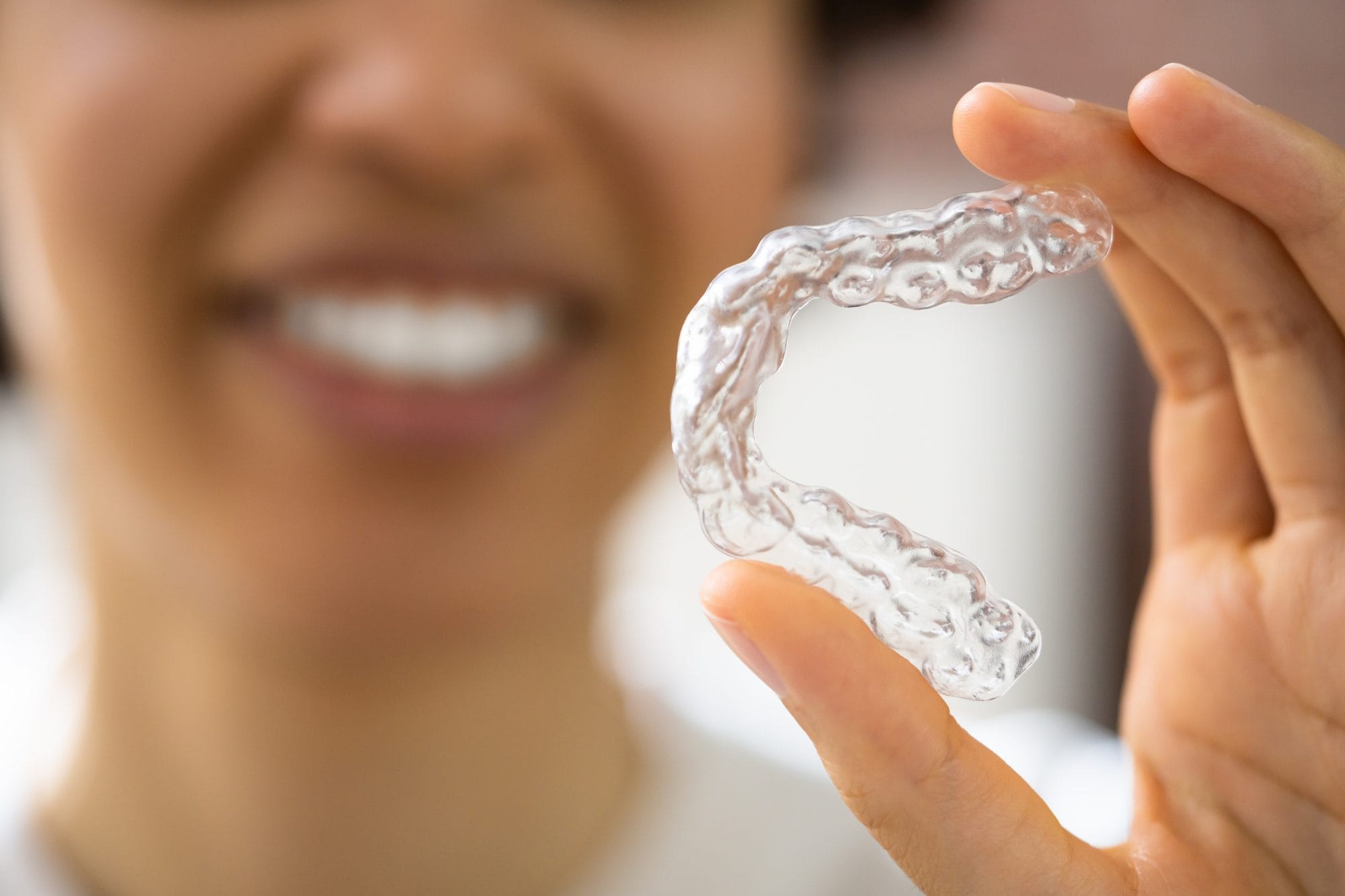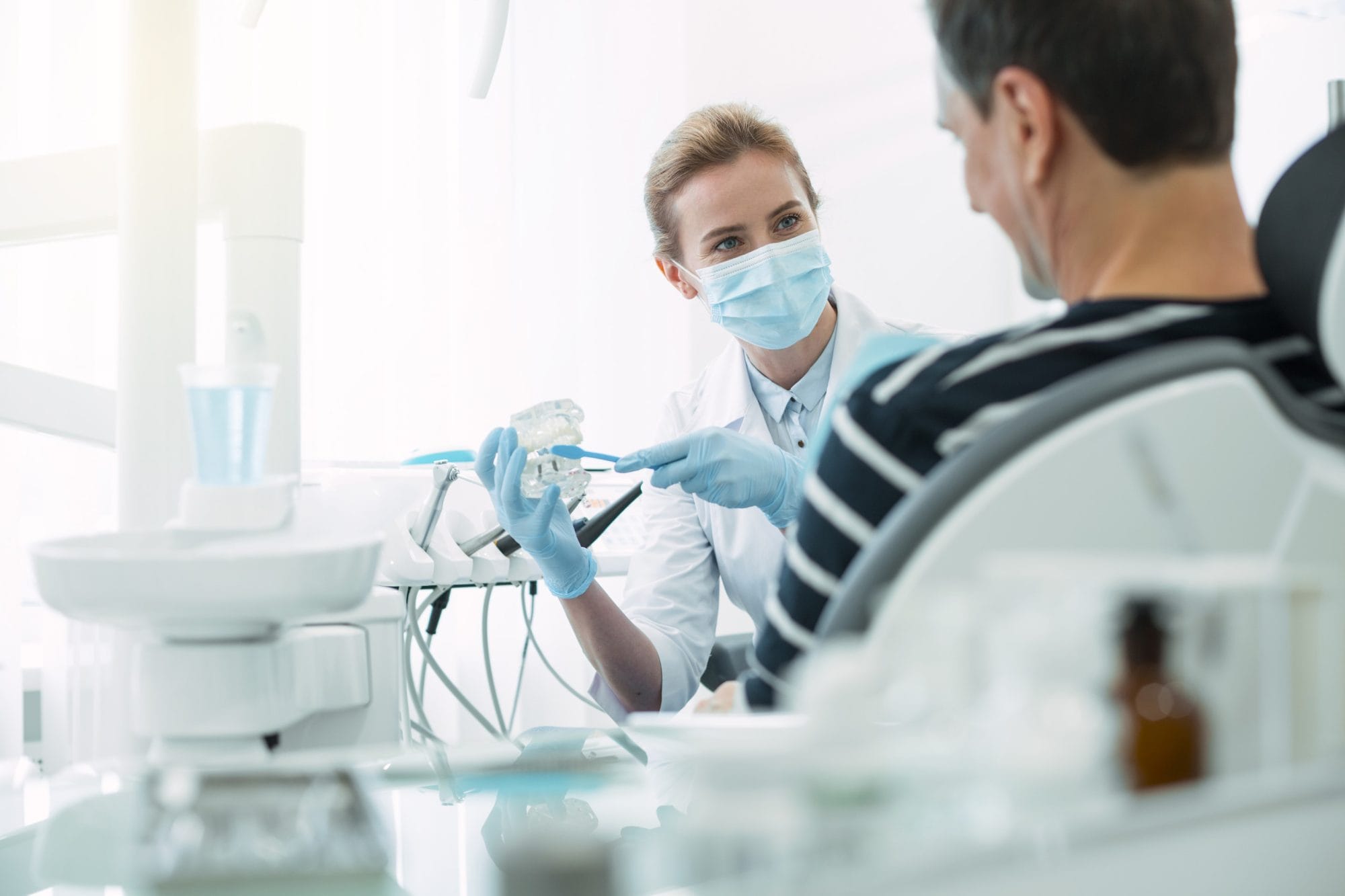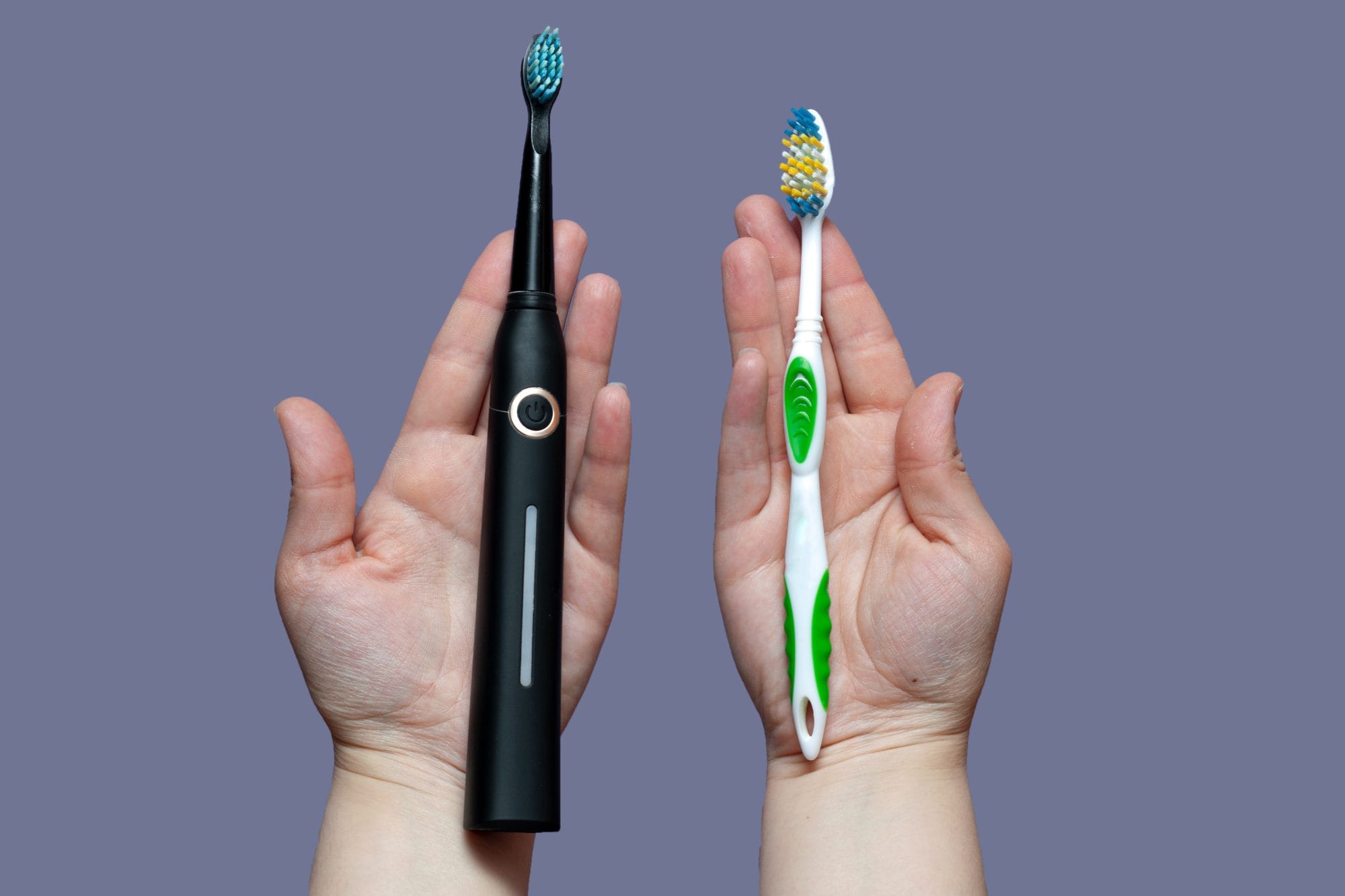We get a lot of questions on this topic so thought we would write a post on it!
What is Oral Thrush?
Thrush is the common term for an oral infection caused by overgrowth of the fungus Candida albicans. This yeast/fungus normally lives in many people’s mouths, but at times can overgrow or get “out of balance” with the other healthy bacteria in the mouth and lead to a surface infection that affects the corners of the mouth, insides of cheeks, the tongue, roof of mouth, palate and throat. It typically looks like white patches inside the mouth. If you try to scrape them off, you will usually find a red, inflamed and irritated area underneath. Often these patches are not painful. It may also cause patients to have cracked, red areas of skin at the corners of the mouth.
Thrush is common in babies as they can acquire the Candida fungus during delivery. In older children and adults, it can be triggered by:
- diseases or drugs that affect the immune system (weakened immunity)
- cancer chemotherapy
- steroid therapy
- antibiotic treatment (antibiotics kill the healthy/normal oral bacteria, allowing Candida to overgrow)
- dry mouth (commonly caused by prescription medications)
- wearing dentures (especially upper dentures)
With proper treatment, most infections can be cured in 1-2 weeks. Treatment usually involves antifungal medications, creams, or rinses.
How can you prevent Oral Candidiasis?
- If you use a corticosteroid inhaler, rinse your mouth with water or brush your teeth afterwards
- Brush and floss twice a day
- Remove your dentures at night, make sure they fit properly, and clean them daily. Ask your dentist for the best way to clean your type of dentures.
- Watch what you eat: diets high in sugar encourage the growth of Candida.
- Maintain good blood sugar control if you have diabetes
- Treat dry mouth: ask your dentist about ways to avoid/treat your dry mouth
Questions? Comment below!



